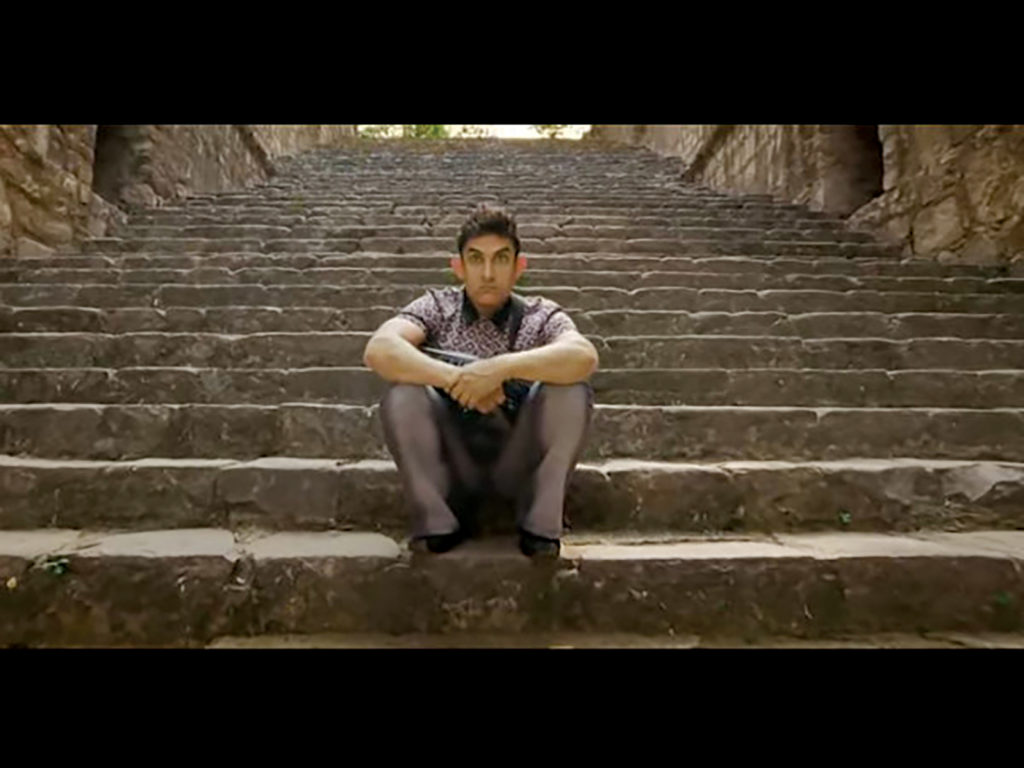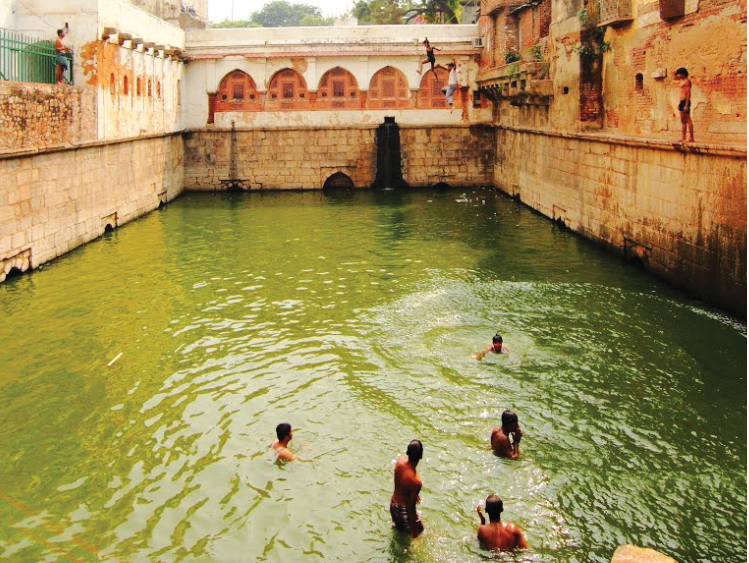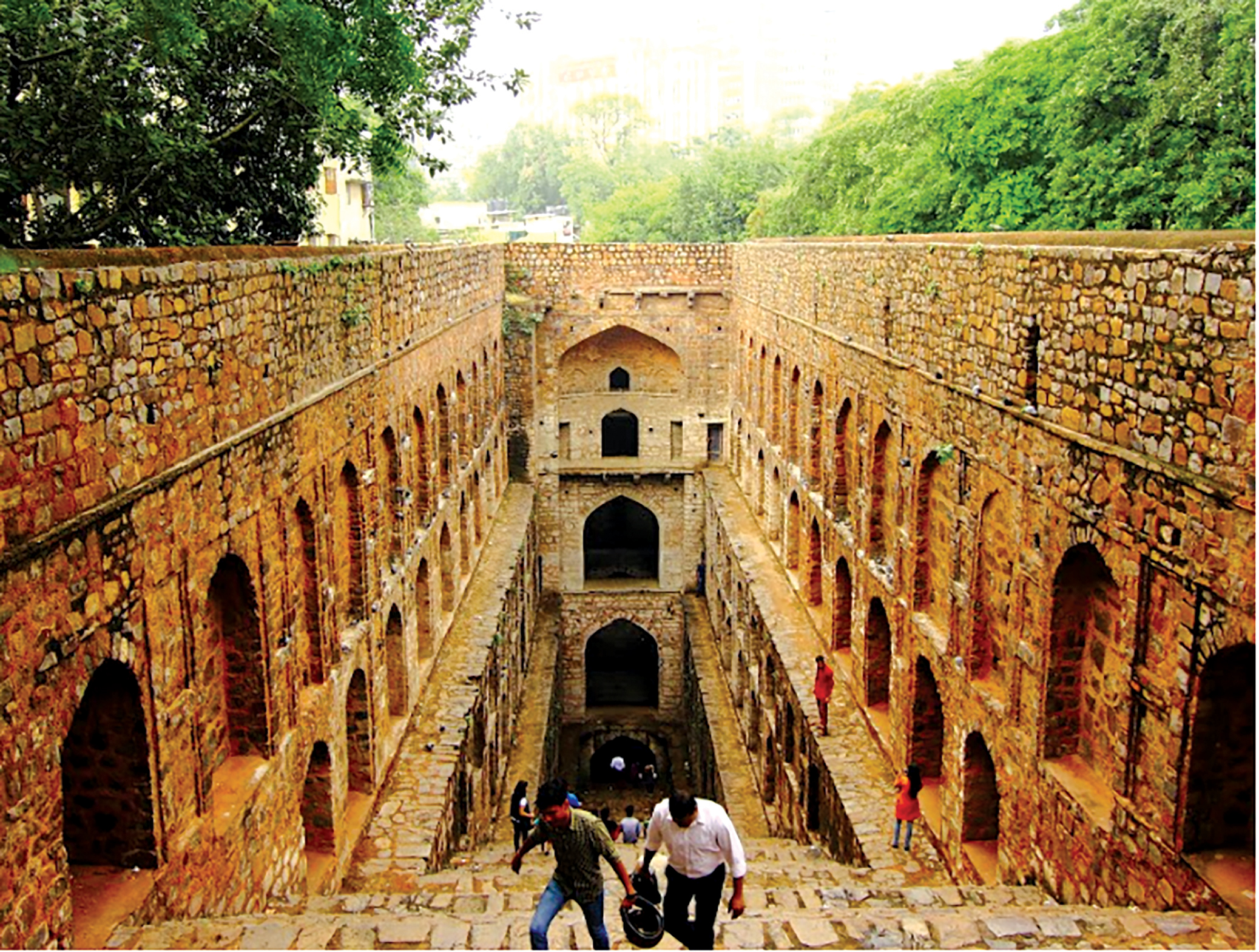Delhi’s stepwells are just shadows of their former selves, neglected and forlorn, lacking maintenance
Centuries ago, when the country was witnessing the building and breaking down of empires and kingdoms, the soon-to-be capital city was home to another type of construction that to this day, is still intact.
Stepwells, or baolis were part of temples and royal architecture. They were built for the purpose of bathing, washing or collecting water.
Years later, some of these baolis continue to stand as mute witnesses to a bygone era. Their maintenance, however, is severely wanting. Of the hundreds of baolis that were scattered all over the capital city, only a few – about 20 — are still in existence. The rest have all been torn down in favour of urban constructions, or have been weathered away by age.
Patriot visited a few of them, to gauge the conditions that they are in now, and whether or not they are still in use.

Rajon ki Baoli, possible the most well known of all the stepwells that used to exist in the Mehrauli area, is currently looking quite neglected, despite seeing a footfall of over 100 people every day, within the visiting hours. It lies within the Mehrauli Archaeological Park, which is quite a popular tourist destination. Rajon ki Baoli would perhaps not be as well known, had it not been a part of the Archaeological Park says one of the visitors, Abhay Kamra.
“It is quite filthy, and I probably would not come to see it if I knew it was in this state,” he said. Most of the people come for a tour of the park or a stroll on the premises and happen across the baoli as well. The water in the stepwell is covered in moss, and it is clear that it is a common place for people to toss their waste and garbage.

The atmosphere is otherwise sunny and warm, with the sun shining down into the enclosure, and a few friends and couples are often seen sitting on the steps leading down to the well, taking pictures or just making conversation. DDA is supposedly responsible for the maintenance and cleanliness of the park, but besides a cursory sweeping, signs of maintenance and upkeep are almost nil.
Agrasen ki Baoli, on the other hand, is one that looks much more inviting, and is a popular tourist attraction in the city. It is much cleaner and better maintained than the previous one. The relatively better conditions of this baoli may be attributed to the fact that it was renovated by the Agrawal community, who are said to be descendants of Raja Agrasen, by whom the step well was originally built. The Agrawals contributed in cash and kind, in the form of materials for the building, in order to rebuild and maintain Agrasen ki Baoli. It is very close to Jantar Mantar and located in Connaught Place, which makes it a well-known spot, and is visited by localites and foreigners alike.
It became even more famous after the Bollywood film PK released, as a particular scene was shot on the steps. Students come for strolls or field visits, “It’s sunny today, so it’s a nice place to just hang out for a few minutes,” says Shefali, who was waiting for her friend to arrive.
The Hazrat Nizamuddin Baoli might be rumoured to have miraculous powers, but it surely does not look it. The water is unclean and an unpleasant shade of green, with the occasional piece of plastic or food wrapper floating in it. Due to its reputation of having mystical powers, and the fact that it is close to a dargah, it still attracts a lot of people. More out of ritualistic habit than to marvel at its architectural finesse. While the other two baolis are open only for a few hours, the Hazrat Nizamuddin Baoli is open round the clock.
There are a number of other baolis strewn across Delhi, like the Gandhak Baoli, which too is in a deplorable state. People still take baths in the stepwell, but the well from which water can be drawn is swimming with garbage. The Purana Qila Baoli, the Red Fort Baoli, etc. are all in various states of decay even though they still hold historical value, and have been standing for many centuries. While they do still attract a few eyeballs, few people are aware of their significance as a traditional water harvesting system.





